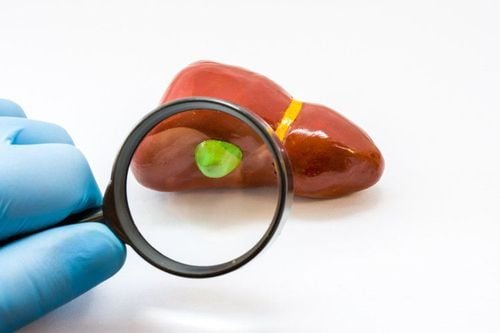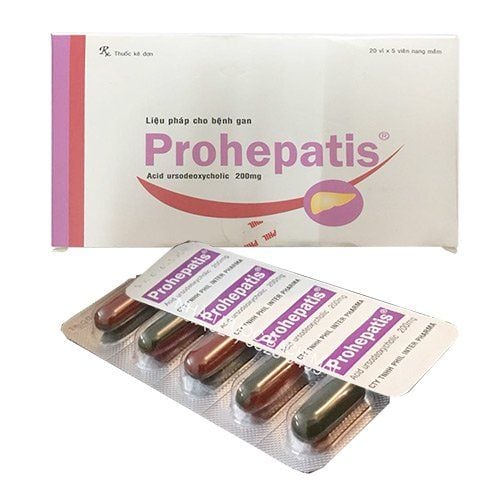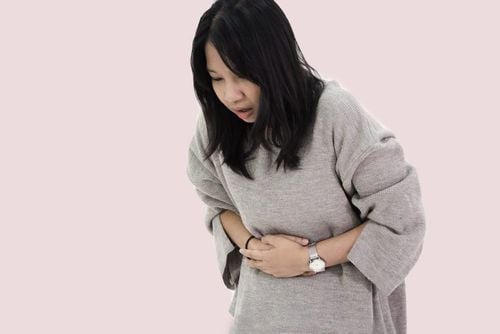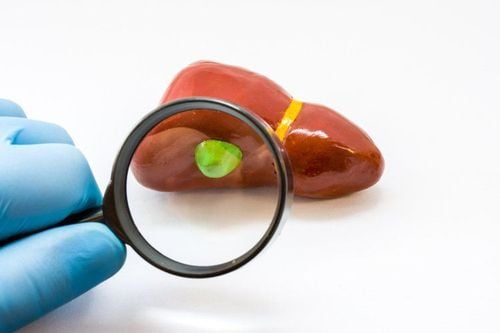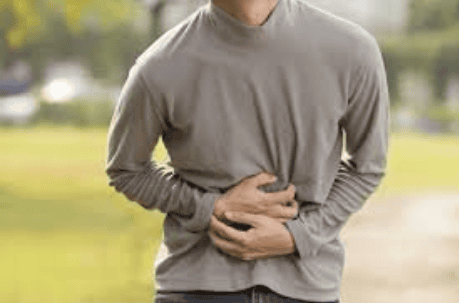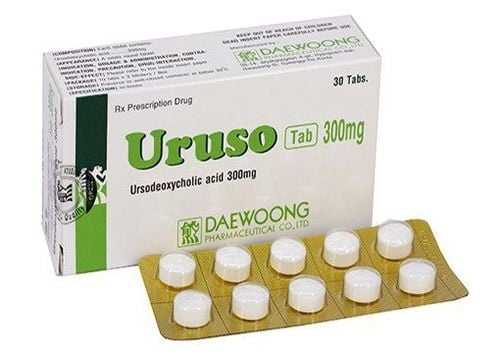This is an automatically translated article.
Cholecystectomy is mandatory for the treatment of gallbladder and biliary tract diseases. So is cholecystectomy safe, does it affect health?
1. Cholecystectomy in what cases?
Cholecystectomy is often indicated for treatment in the following cases:
Large gallstones: The main components of gallstones are calcium, cholesterol and bile salts. Gallstones are solid and are formed from excess cholesterol in bile. Over time, gallstones increase in number and size, which can cause bile duct obstruction, acute cholecystitis. In case gallstones are too large and there is a risk of progression to gallbladder cancer, cholecystectomy is indicated. Chronic bile duct obstruction: Chronic bile duct obstruction will cause bile to stagnate, affect the digestive system and cause some life-threatening complications such as cirrhosis, liver failure, biliary tract infection, acute pancreatitis, ... Then, the patient needs cholecystectomy. Gallbladder polyps: In case the patient has many pouch polyps, the size of the polyp is from 2-4cm, or the gallbladder polyp is malignant with gallstones, cholecystectomy will be indicated to avoid dangerous complications. Gallbladder Calcification: Gallbladder calcification is formed from spots, calcium granules in the gallbladder wall. Calcification of the gallbladder renders the gallbladder unable to contract and circulate bile, causing chronic cholecystitis and can even progress to gallbladder cancer. Therefore, patients often have to have their gallbladder removed to avoid danger.
2. Possible problems after cholecystectomy
Most patients are forced to remove the gallbladder to treat the above gallbladder diseases, which are dangerous to health. However, it should be noted that some problems may be encountered after surgery such as:
Digestive problems: After cholecystectomy, the liver continues to produce bile in a constant amount and the bile is poured directly into the gallbladder. duodenum, so it will affect the digestive system in the beginning and cause some symptoms such as indigestion, flatulence, loss of appetite, abdominal pain, itching, .... Once acclimatized, these symptoms This symptom will disappear. Bile reflux causes gastritis: Bile drains directly into the duodenum and can back up into the stomach causing gastritis, or overflowing into the pancreatic duct and causing pancreatitis. Problems after surgery: The cholecystectomy can damage the bile ducts, blood vessels, intestines, leak bile causing peritoneal infection. A wound infection can also cause redness, swelling, and pain around the wound. In some cases, there may be bleeding after surgery that requires medical intervention. Besides bleeding, patients are also likely to form deep vein thrombosis which is very dangerous because the clot can travel to the lungs causing embolism and death. Post-cholecystectomy syndrome: Patients after cholecystectomy may have jaundice, prolonged abdominal pain. The cause is thought to be damaged biliary tract, residual gallstones, .... Gallstone recurrence: Cholecystectomy patients due to gallstones can still have recurrent gallstones. Gallstones can continue to form and grow in the common bile duct or hepatic duct. Although the patient can still live a completely normal life after cholecystectomy, it is very important to recognize the postoperative problems, as a basis for the patient and family to consider before deciding to intervene. this surgical card.
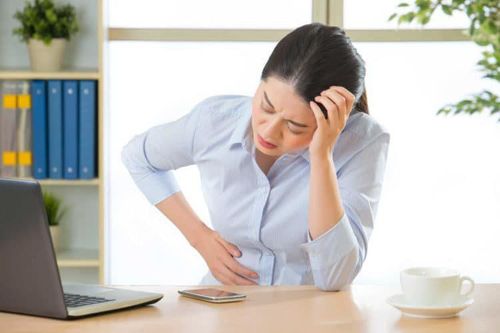
Bệnh nhân sau khi cắt túi mật có thể bị tái phát sỏi mật
3. Health care after cholecystectomy
Currently, the surgical method to remove the gallbladder is laparoscopic surgery. This is a modern, quick and simple method with a fast recovery rate and few complications. However, patients need to pay attention to a reasonable diet, scientific activities so that their health can recover soon and limit unpleasant complications caused by cholecystectomy surgery.
Foods to eat: Foods high in fiber (nuts, beans, whole grains, ...), foods rich in vitamins (fruits, green vegetables), low-fat foods. Foods not to eat: High-fat or processed meats, fried foods, milk and dairy products, sweets, carbonated or stimulant drinks. After cholecystectomy surgery should not eat hard food to avoid affecting the digestive system. Divide food into several small meals throughout the day to avoid indigestion and bloating. Exercise gently every day, maintain a reasonable weight. After the surgery from 7-10 days, if the patient's health is stable, the bile and liver are not damaged, there are no symptoms of discomfort, the patient can eat, drink and exercise again. often.
Cholecystectomy is a surgical intervention that has the potential to affect many health. Therefore, it is very important to pay attention to post-surgery problems and develop a suitable diet, living and exercise regimen for the patient to recover soon, have good health and live a healthy, normal life after surgery. no more gallbladder.
Please dial HOTLINE for more information or register for an appointment HERE. Download MyVinmec app to make appointments faster and to manage your bookings easily.




